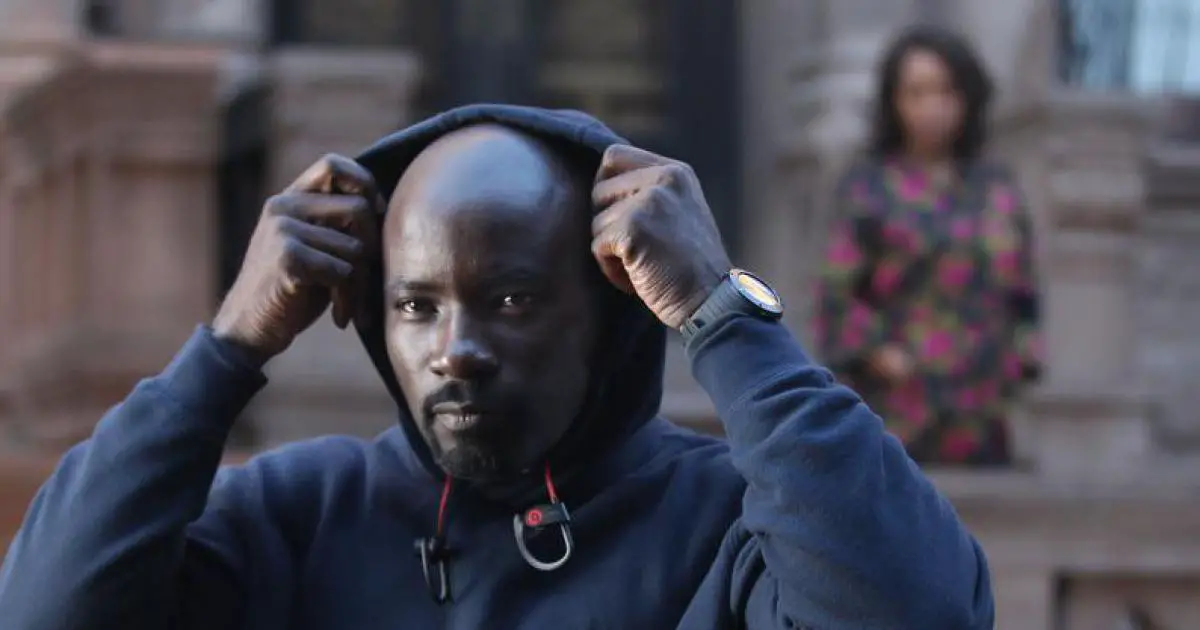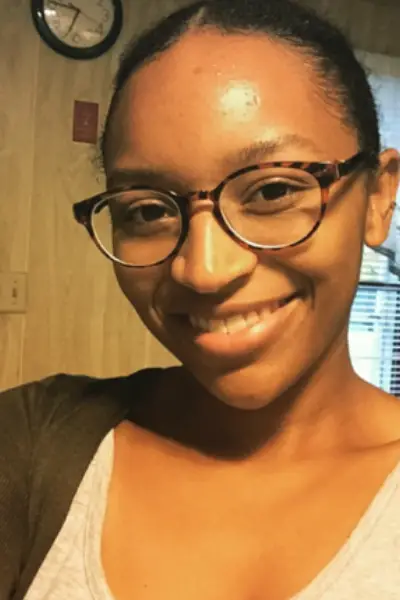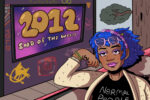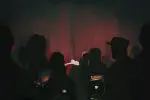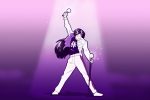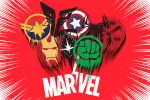After nearly three years and one principal, albeit teasing stretch on “Jessica Jones,” Marvel’s beloved bulletproof superhero, Luke Cage, is finally headlining his own television show.
“Luke Cage,” the third installment in Marvel’s “Defenders” series, is the story of a man given super strength and unbreakable skin as the result of a sabotaged experiment.
The show follows Luke Cage who, after the events of “Jessica Jones,” finds himself navigating a dark world of crime in Harlem.
Season one, which began streaming on Netflix on September 30, couldn’t have had a more timely release. Luke Cage, posited by showrunner Cheo Hodari Coker as a “bulletproof black man,” exists amidst the reality of systematic racism and police brutality.
In the same year that the world witnessed the murders of Alton Sterling and Philando Castile, we have the somber narrative of Luke Cage foregrounded by corrupt community policing and frequent gun violence. The show often relies on cultural discourse — contemporary discourse, to be clearer, as the “Black Lives Matter” movement works in a steady undercurrent all throughout the show — as its backbone, and its significance is not lost on viewers.
Seriously, you’ve gotta be as blind as Daredevil to miss the show’s tribute to Trayvon Martin in the way that Luke Cage patrols Harlem in a dark, bullet-riddled sweatshirt of his own.
Albeit a bit hackneyed in some of its contemporary symbolism, “Luke Cage” is one of the most promising narratives I have yet to come across on the black experience. “Luke Cage” is more than the story of a black man with unbreakable skin seeking justice: It’s the reality of black America, and it comes to us through a narrative comprised of black people, black music and black places.
Luke Cage himself is the light at the end of a dark tunnel; he gives viewers hope in a hero who is brave, selfless and socially conscious, although reluctant to act. His propensity for social justice is what we want and need in a black man who’s able to claim it for himself and an entire community. There’s a reason why people always say that representation matters, because Luke Cage is someone the black community is able to empathize and identity with.
Luke gets on our level and, despite his superhuman strength, shares our exhaustion and emotional fragility. The show caters to the human experience, especially when our bulletproof hero reaches the same humbling lows that we’ve come to understand. He is the weary, humiliated, beaten soul of black America, and that’s what I love about him.
While Luke Cage is an undoubted cliché of his time, there is significance to his history in prison, especially if we think in terms of institutionalized racism and the relationship between law enforcement and minorities.
His own past of exploitation — in his case, a seedy, underground operation of bare-knuckle brawling born and bred by the criminal justice system — is the truth of the black man and woman, especially when the show itself is a venture into neo-Blaxploitation.
Coker incorporates Blaxploitation era vibes in more than just the black-centric themes of “Luke Cage.” The show’s soundtrack, often raw and aggressive, but sometimes sweet and sultry, plays a large part in building the atmosphere.
The character of Luke Cage was born from Marvel out of an era of Blaxploitation films, so it’s no wonder why, in a TV show emulating this era, Coker chose traditionally black music for the soundtrack.
“Luke Cage” epitomizes a culture grounded in soul, rap, R&B and hip-hop music with a sweet ’70s tang. Even Ali Shaheed Muhammad, one-half of the duo responsible for the show’s musical score, has credited hip-hop music in particular with representing “the level of struggle” in black America.
Unlike “Daredevil” and “Jessica Jones,” music plays a large part in “Luke Cage.” From the opening credits to the action scenes, it seems like the entire score is steeped in hip-hop. It’s the live music at Harlem’s Paradise, however, that is most memorable.
Harlem’s Paradise is essentially a gangster’s wonderland, and sees nightly performances from the likes of Faith Evans, Jidenna and Raphael Saadiq, who appears in the pilot episode swathed in a dreamy, bright blue light singing “Good Man,” which seems a barefaced tribute to Cottonmouth, the show’s villain and self-proclaimed king of Harlem.
(And there’s certainly no ignoring the gold-framed portrait of Biggie Smalls, wearing a crown nonetheless, hanging on the wall in Cottonmouth’s office.) The mix of old-school R&B, neo-soul and rap throughout the show is a testament to black artists and a history of black music. It’s with these live performances that “Luke Cage” spotlights the importance of music to its narrative.
One of the show’s subplots focuses on Mariah Dillard, a local councilwoman, and her attempts to re-acquire Harlem for a somewhat pseudo-renaissance of black culture. (Meanwhile, Luke Cage self-appoints himself to literally re-acquire Harlem from the bad guys, but the symbolism in a black man taking back “black” spaces is not lost.)
In the pilot episode, “Moment of Truth,” Dillard boldly addresses contemporary race relations in saying, “For black lives to matter, black history and ownership must matter.”
https://www.youtube.com/watch?v=ytkjQvSk2VA
“Luke Cage” channels an almost palpable energy from its setting which, by using Harlem as its backdrop, is able to integrate a unique history of the African diaspora with lingering shots on some of Harlem’s most celebrated landmarks (Malcom X Boulevard and Jackie Robinson Park, for example) and more ordinary, culturally diverse sites like traditional brownstones. “Luke Cage” wants us to be cognizant of culture and the history of Harlem, which is generally recognized as the center of black culture.
Yes, Harlem is an ethnic nexus. “Luke Cage” works to incorporate a racial presence outside of its black characters, but Harlem itself is especially suggestive of African-American culture. It has, after all, been labeled as a black mecca of sorts.
“Luke Cage” doesn’t let Dillard’s emphasis on black autonomy go unwarranted, and her campaign focus is an important part of the narrative. Dillard’s concern with black ownership isn’t limited to just her subplot or her own desire to “keep Harlem black.”
Physical spaces like Pop’s Barber Shop and Harlem’s Paradise are testaments to black success; the former seems to be the heart and hub of the black community while the latter is purposeful in its black performers, ’70s style and smooth, jazzy vibe. The spatial experience of Harlem is one that affects the characters of “Luke Cage” much more than they realize, and that feeling transcends the small screen.
There’s no other way to put it than this: “Luke Cage” is unapologetically black. While most of us are waiting on pins and needles for “Black Panther” to give us a headlining black character, “Luke Cage” has at least held me over until 2018.


